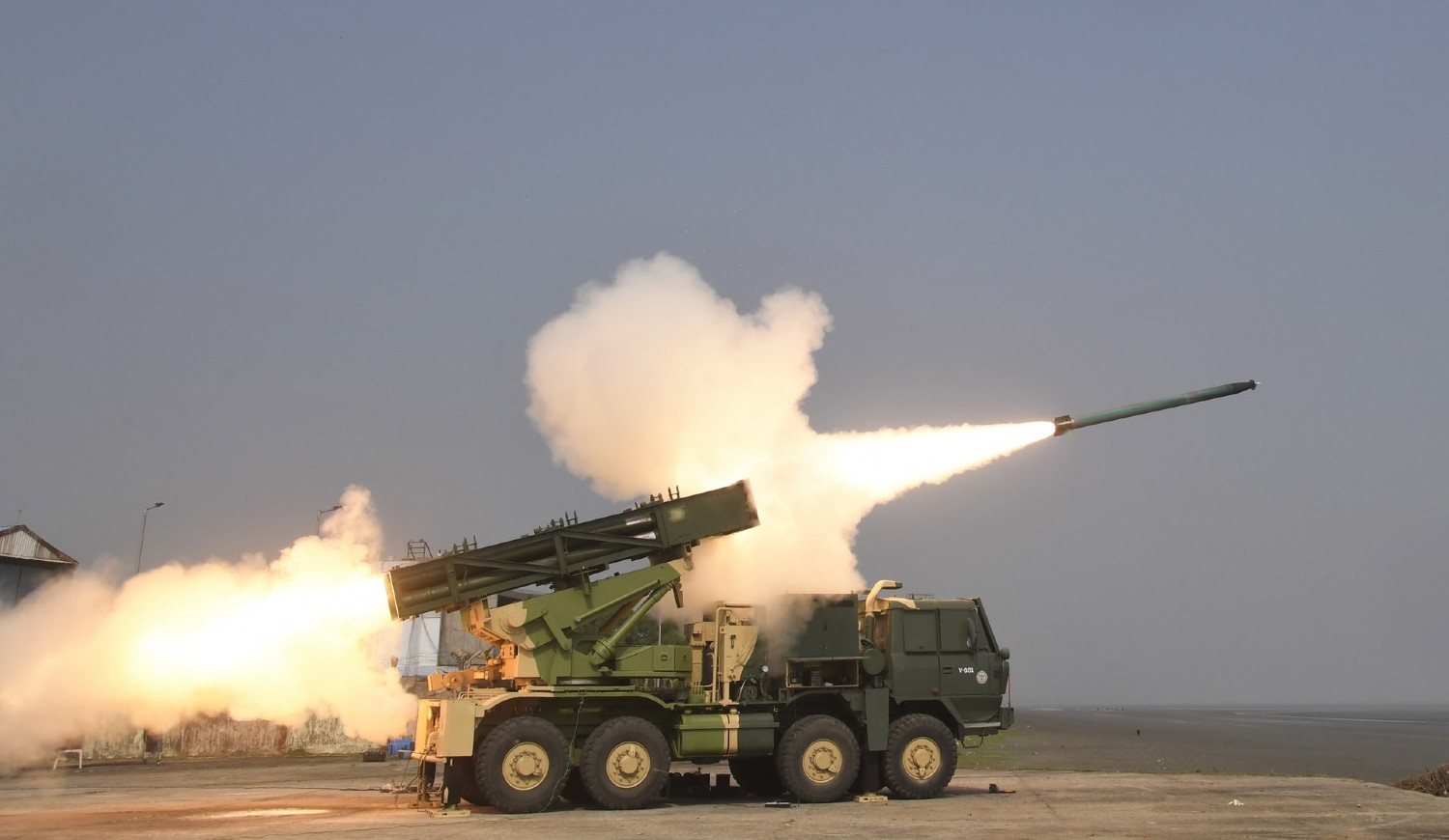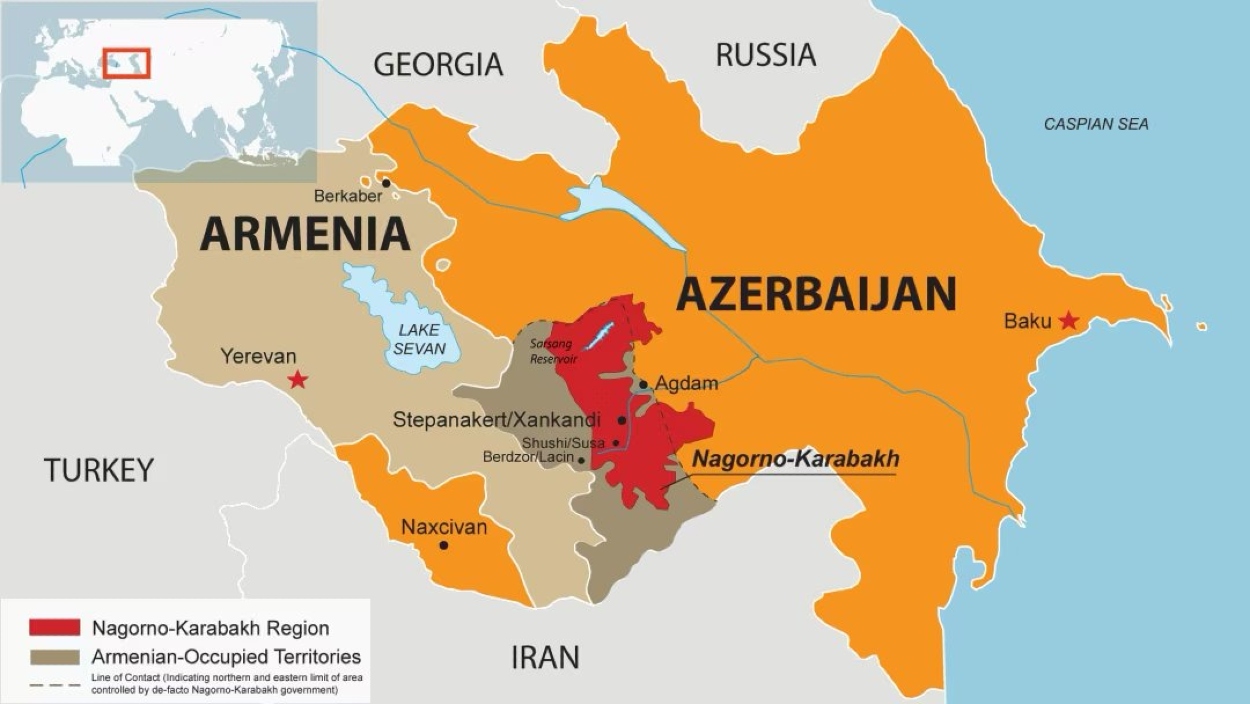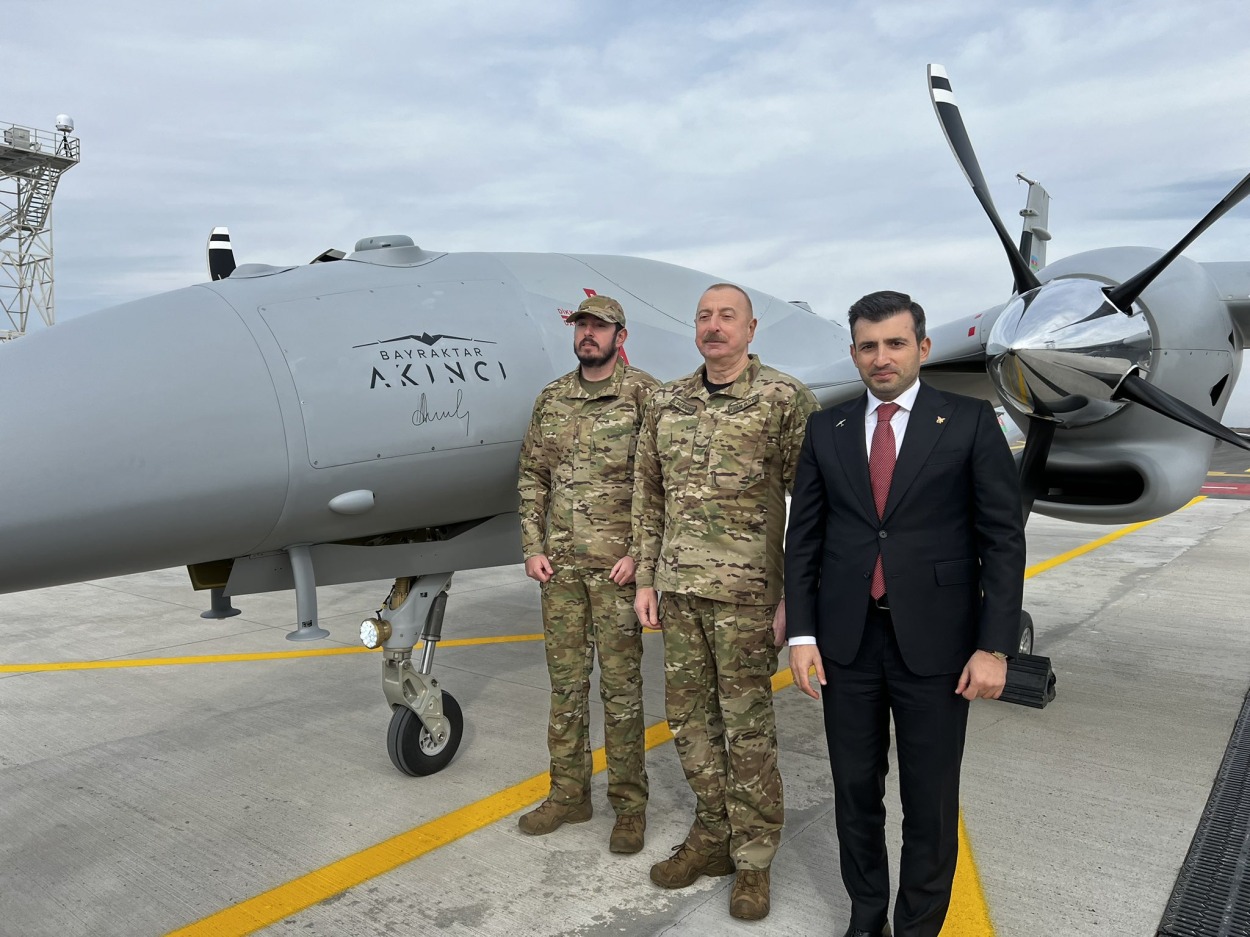Armenia has once again urged Azerbaijan to implement mutual arms control measures to alleviate the persistent tensions between the two countries. Nevertheless, Azerbaijan is yet to respond to this initiative.
On October 7, Ani Badalyan, the press secretary of Armenia’s Foreign Ministry, reiterated that Yerevan has repeatedly proposed such measures, but the issue remains unresolved as Azerbaijan continues to avoid discussions.
Speaking to Armenpress, Badalyan stressed that Armenia’s acquisition of weapons and military equipment is solely for self-defense, pointing out that the country has no offensive military agenda.
“Armenia has repeatedly offered Azerbaijan and is still offering to create mutual weapons control mechanisms, and Azerbaijan leaves that proposal unanswered by adopting an increasingly aggressive rhetoric against Armenia, but it has no attacking agenda. Meanwhile, Azerbaijan is acting almost daily to Armenia with threats,” she said.
This statement followed remarks made on October 5 by Aykhan Hajizade, the spokesperson for Azerbaijan’s Foreign Ministry, who labeled Armenia’s defense initiatives as “dangerous.”
Azerbaijan’s stance appears to view Armenia’s procurement of military equipment as part of a broader militarization effort, despite Armenia’s insistence that its intentions are defensive.
Badalyan responded to the claims, challenging Azerbaijan’s accusations of mass militarization. She urged comparisons between the two nations’ military expenditures, saying it would reveal the real scale of militarization.
“If we compare the military expenditures of Armenia and Azerbaijan in both absolute numbers and proportions of weapons obtained, it will be clear who is engaged in mass militarization,” she stated.
She also noted that Azerbaijan’s leadership consistently highlights military expansion, while Armenia prioritizes peace and aims to regulate relations with its neighbors.
Tensions between the two nations remain high despite ongoing efforts to negotiate a peace agreement. In July, Azerbaijani President Ilham Aliyev said that the text of the peace agreement between Baku and Yerevan was about 80-90% complete.
Asian NATO: Why India Does Not Back Japan’s Idea Despite Tensions With China & Alliance With Tokyo?
However, he highlighted Armenia’s territorial claims against Azerbaijan as a major sticking point in the discussions. To address border disputes, the two countries signed an agreement on August 30 to facilitate the work of their border delimitation commissions.
Still, experts caution that even a peace agreement may not ensure a long-term cessation of hostilities. Instead, such a document could only serve as a temporary measure to stabilize the situation.
Armenia, Azerbaijan Boost Power
In 2020, following decades of sporadic skirmishes, Azerbaijan launched a military offensive, initiating the Second Karabakh War.
The operation quickly overpowered Armenian defenses, leading to a decisive victory in the 44-day conflict. As a result, Azerbaijan regained control of seven districts and about one-third of Karabakh.
Since then, both Armenia and Azerbaijan have significantly increased their military spending. Armenia’s defense budget has steadily grown, starting at $669 million in 2020, going to $678 million in 2021, and reaching $754 million in 2022.
Military spending sharply rose to $1.3 billion in 2023. The budget for 2024 is set at around $1.4 billion, with plans for a 20% increase to nearly 665 billion drams ($1.7 billion) the following year.
Azerbaijan has also seen a substantial rise in defense expenditure. In 2020, its military budget was $2.2 billion, increasing to $2.7 billion in 2021 and $2.8 billion in 2022. In 2023, spending grew to $3.3 billion, and for 2024, it has been set at $3.7 billion.
Azerbaijan has allocated $588 million for military production in 2024 as part of its efforts to boost domestic arms manufacturing. Meanwhile, in terms of international cooperation, Armenia has strengthened ties with countries like India, France, Greece, and Cyprus.
Azerbaijan, on the other hand, signed the Shushi Declaration with Turkey in 2021, establishing a commitment between the two countries to mutual defense if one of them encounters a threat from an external entity. Additionally, Azerbaijan has signed military cooperation agreements with Uzbekistan, Kazakhstan, and Serbia.
Key Weapons Acquisitions By Armenia Since 2020
Armenia has historically depended on Russia as its primary source of military equipment and weaponry. However, following the 2020 conflict with Azerbaijan, the dynamics of Armenia’s defense procurement strategy began to shift.
In the aftermath of the war, Armenian officials have repeatedly raised concerns about delays and unfulfilled arms deliveries from Russia despite payments being made.
These frustrations, coupled with the urgency to modernize its military, led Armenia to explore alternative defense suppliers to meet its security needs more efficiently.
In this context, France has emerged as a new supplier for Armenia. In November 2023, France delivered 24 Bastion armored vehicles to Armenia through Georgia. Reports indicate that Armenia’s armed forces are set to receive 50 Bastion vehicles, meaning 26 more are still due for delivery.
In February 2024, the French newspaper Le Figaro reported that France would supply Armenia with three GM 200 radars and night vision devices.
The GM 200 is a medium-range multi-target radar designed to detect, identify, and track targets in various environments. It relays this information to ground-based air defense systems to engage the target.
This technology could significantly help Armenia counter small drones, a weak spot in its military, as highlighted during the 2020 war with Azerbaijan. One of the radar’s key advantages is its mobility: it can be transported by truck and deployed within 15 minutes, providing quick and efficient response capabilities.
In addition to France, Armenia has intensified its military cooperation with India, which has emerged as a major supplier of arms. According to the Stockholm International Peace Research Institute (SIPRI), India delivered four Swathi radars to Armenia in 2021, fulfilling an order in early 2020.
The Swathi radar is specifically designed to detect and track artillery shells and missiles, providing precise information on their launch location.
In September 2022, reports surfaced that India would supply Armenia with $250 million worth of arms and ammunition, including Pinaka multi-barrel rocket launchers, anti-tank weapons, and other munitions.

The Pinaka systems were delivered to Armenia via Iran in 2023. By April 2023, it was revealed that Armenia had also ordered MArG 155 self-propelled howitzers from India.
Further cooperation with India was evident in September 2023, when Armenia received six 155mm Advanced Towed Artillery Gun System (ATAGS) howitzers. Armenia is reportedly also looking to acquire an additional 84 ATAGS units.
In November 2023, EurAsian Times reported that Armenia had signed a $41.5 million contract to purchase the Indian-developed Zen anti-drone system, which includes operator training as part of the deal.
Armenia has also ordered the Indian-made Akash surface-to-air missile (SAM) system. The Akash system, produced by Bharat Dynamics Limited (BDL), is a short-range SAM designed to protect vulnerable areas from air attacks. It can simultaneously engage multiple targets in group and autonomous modes, providing robust defense capabilities.

Key Weapons Acquisitions By Azerbaijan Since 2020
In the 2020 conflict, Azerbaijan extensively used Turkish Bayraktar TB2 drones for reconnaissance and precision strikes, which contributed significantly to its success. This deployment paved the way for Azerbaijan to acquire more advanced drone technology from Turkey.
In April 2023, Azerbaijan and Turkish defense company Baykar signed a memorandum of understanding to jointly produce drones.
Additionally, on February 9, 2024, Azerbaijan unveiled its acquisition of the Turkish-made Bayraktar Akinci combat drone, a more sophisticated and powerful version of its predecessor.

Another key element in Azerbaijan’s military success during the 2020 war was the use of Israeli drones. Israeli-built Harop loitering munitions played a crucial role in targeting and destroying Armenia’s Soviet-era S-300 air defense missile systems within Armenian territory.
Since the end of the 2020 war, Azerbaijan has continued to strengthen its military capabilities through significant arms purchases from Israel.
A March 2023 investigation by the Israeli newspaper Haaretz revealed that between 2016 and 2023, Azerbaijani cargo planes made at least 92 landings at Israel’s Ovda Air Base, the country’s only airport authorized for importing and exporting explosives.
In November 2023, it was reported that Azerbaijan had entered into a $1.2 billion agreement with Israel to acquire additional air defense systems. Azerbaijan is acquiring the Barak MX air defense system, and the testing phase for this system has already commenced.
Reports in March 2024 also indicated that Azerbaijan purchased a Sky Dew aerostat from Israel. This system is capable of detecting threats like missiles, UAVs, and artillery from up to 250 kilometers away, though the acquisition remains unconfirmed.
In September 2024, Azerbaijan announced a major defense deal with Pakistan for JF-17 Block-III fighter jets valued at $1.6 billion.
This deal, which includes armament and training, follows Azerbaijani President Ilham Aliyev’s visit to Pakistan in July and marks a major development in Azerbaijan’s military modernization.
- Contact the author at ashishmichel(at)gmail.com
- Follow EurAsian Times on Google News




